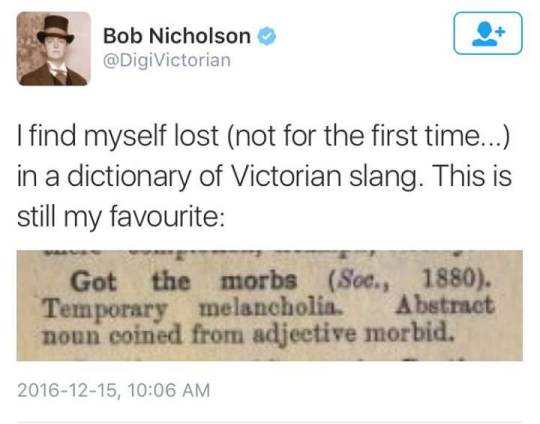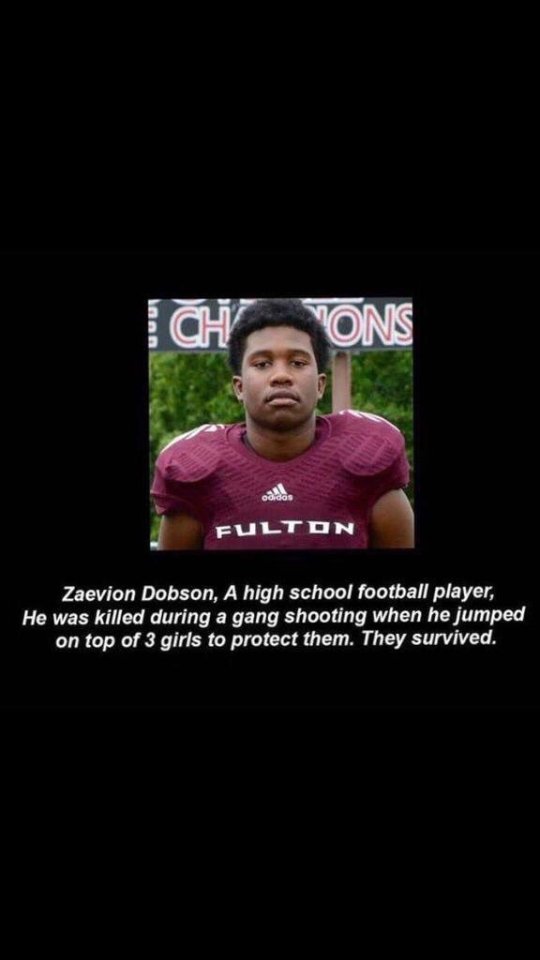Do what you gotta do for that ish that you gotta have. College Grad. 21. Get at me!Why did I even make this account??
Don't wanna be here? Send us removal request.
Text
📣 One mo' 'gain for the Black parents of the newer generations throughout the diaspora 👀👂🏾
Black Mental Health is important.
40K notes
·
View notes
Video
I always wanted to know the rest of the lyrics to this song 🤣👌🏾
I’m screaming
236K notes
·
View notes
Video
177K notes
·
View notes
Text
sorry i’m late, professor. i’m disenchanted with the human experience and waking up every morning thrusts me into an instant existential crisis
567K notes
·
View notes
Photo

Source for more facts follow NowYouKno
A road has no special qualifiers. It connects point a to point b.
A street connects buildings together, usually in a city, usually east to west, opposite of avenue.
An avenue runs north south. Avenues and streets may be used interchangeably for directions, usually has median
A boulevard is a street with trees down the middle or on both sides
A lane is a narrow street usually lacking a median.
A drive is a private, winding road
A way is a small out of the way road
a court usually ends in a cul de sac or similar little loop
a plaza or square is usually a wide open space, but in modern definitons, one of the above probably fits better for a plaza as a road.
a terrace is a raised flat area around a building. When used for a road it probably better fits one of the above.
uk, a close is similar to a court, a short road serving a few houses, may have cul de sac
run is usually located near a stream or other small body of water
place is similar to a court, or close, usually a short skinny dead end road, with or without cul de sac, sometimes p shaped
bay is a small road where both ends link to the same connecting road
crescent is a windy s like shape, or just a crescent shape, for the record, above definition of bay was also given to me for crescent
a trail is usually in or near a wooded area
mews is an old british way of saying row of stables, more modernly seperate houses surrounding a courtyard
a highway is a major public road, usually connecting multiple cities
a motorway is similar to a highway, with the term more common in New Zealand, the UK, and Austrailia, no stopping, no pedestrian or animal traffic allowed
an interstate is a highway system connecting usually connecting multiple states, although some exist with no connections
a turnpike is part of a highway, and usully has a toll, often located close to a city or commercial are
a freeway is part of a highway with 2 or more lanes on each side, no tolls, sometimes termedexpressway, no intersections or cross streets.
a parkway is a major public road, usually decorated, sometimes part of a highway, has traffic lights.
a causeway combines roads and bridges, usually to cross a body of water
circuit and speedway are used interchangeably, usually refers to a racing course, practically probably something above.
as the name implies, garden is usually a well decorated small road, but probably better fits an above
a view is usually on a raised area of land, a hill or something similar.
byway is a minor road, usually a bit out of the way and not following main roads.
a cove is a narrow road, can be sheltered, usually near a larger body of water or mountains
a row is a street with a continuous line of close together houses on one or both sides, usually serving a specific function like a frat
a beltway is a highway surrounding an urban area
quay is a concrete platform running along water
crossing is where two roads meet
alley a narrow path or road between buildings, sometimes connects streets, not always driveable
point usually dead ends at a hill
pike usually a toll road
esplanade long open, level area, usually a walking path near the ocean
square open area where multiple streets meet, guess how its usually shaped.
landing usually near a dock or port, historically where boats drop goods.
walk historically a walking path or sidewalk, probably became a road later in its history
grove thickly sheltered by trees
copse a small grove
driveway almost always private, short, leading to a single residence or a few related ones
laneway uncommon, usually down a country road, itself a public road leading to multiple private driveways.
trace beaten path
circle usually circles around an area, but sometimes is like a “square”, an open place intersected by multiple roads.
channel usually near a water channel, the water itself connecting two larger bodies of water,
grange historically would have been a farmhouse or collection of houses on a farm, the road probably runs through what used to be a farm
park originally meaning an enclosed space, came to refer to an enclosed area of nature in a city, usually a well decorated road.
mill probably near an old flour mill or other mill.
spur similar to a byway, a smaller road branching off from a major road.
bypass passes around a populated area to divert traffic
roundabout or traffic circle circle around a traffic island with multiple connecting routes, a roundabout is usually smaller, with less room for crossing and passing, and safer
wynd a narrow lane between houses, similar to an alley, more common in UK
drive shortened form of driveway, not a driveway itself, usually in a neighborhood, connects several houses
parade wider than average road historically used as a parade ground.
terrace more common in uk, a row of houses.
chase on land historically used as private hunting grounds.
branch divides a road or area into multiple subdivisions.
190K notes
·
View notes
Photo




Spread the word for anyone who lives in the area ���🏾🙌🏾
7K notes
·
View notes
Text
It's like.... I want to love you and for you to love me back so why isn't this shit working?! F U C K
It sucks when you can't even be an open book and vent to the person you really want too communicate with because they end up taking the problems and feelings that you share with them personal...
…. This is why it’s VERY difficult for me to talk to people ….
2K notes
·
View notes
Link
Force yourself to NOT scroll down.
This is difficult to read:
“I was severely punished by a board cut full of holes to raise the blisters, then I was whipped with a strap to burst the blisters, which were then salted and peppered,” Thomas Brown said. “This burned me very badly.”
The South Carolina slave had escaped and hidden in nearby woods but had been found by bloodhounds and brought back.
“And I never tried to run away again.”
His very words. His story.
Brown’s powerful telling of his treatment as a slave, along with that of more than 200 other former slaves, can be found online because of the work of John B. Cade Sr. and Southern University.
When Cade was on the faculties of two historically black universities in the first half of the 20th century, he sent students to collect stories from former slaves. The narratives are in the Southern University library that is in Cade’s name.
For all practical purposes, though, the stories could have been locked in a vault.
“The collection has been sitting in the library for years, and no one attempted to do anything about it,” said Angela V. Proctor, university archivist and digital librarian at the John B. Cade Library.
That changed three years ago when Southern posted the narratives online. Now, anyone with internet access can read what the slaves had to say.
That’s prompted calls to Proctor from researchers in several countries interested in learning what former American slaves said about their lives.
Cade began collecting the stories after he arrived at Southern in 1929 as registrar and as principal at Southern University Lab School. He continued while on the faculty at Prairie View A&M from 1931-39 and after returning to Southern in 1939 as dean and director of extension services, Proctor said. Cade retired in 1961 and died in 1970. The collection at Southern includes interviews Cade collected while at Prairie View, Proctor said.
Part of Cade’s motivation was to counter white historians’ suggestions that slaves had not minded their status, Proctor said. Few narratives in Southern’s collection support the idea that slavery was a benign institution.
Cruelty, particularly from the overseers hired to manage slaves, is a frequent theme.
South Carolina slave Louis Bishop said that to maximize productivity, punishment for infractions would be delayed until rainy days, when the slaves wouldn’t be working.
“My master was so cruel to his slaves that they were almost crazy at times,” said Bill Collins, an Alabama slave born in 1846. “He would buckle us across a log and whip us until we were unable to walk for three days. On Sunday, we would go to the barn and pray to God to fix some way for us to be freed from our mean masters.”
The slaves made clear they had virtually no control over the most basic decisions. They needed permission to marry, a permission that some owners declined to give. In some cases, owners decided which slaves could wed and to whom. It was common for families to be broken up as some members were sold to other owners.
“My mother was sold away from me,” said Collins. “I was so lonesome without her that I would often go about my work and cry and look for her return, as I was told by some of the slaves that she would be brought back to me, but she never came back.”
Jourden Luper, born in Charleston, South Carolina, ended up in Texas with no memory of a mother or father, who were sold separately before he turned 2, his grandmother told him.
“The worst thing about slavery was selling the slaves on the auction block like they were cattle,” said William Haynes, a Virginia-born slave who was moved to Texas.
Common themes from the narratives are that most slaves lived in simple, dirt-floor cabins, wore homespun clothing and were forced to work hard — especially field slaves. They would rise well before dawn, eat, feed and milk cows, then report to the fields so they could begin work as soon as it was light enough to see.
“The women, as well as the men, had to work in the fields chopping and picking cotton,” Haynes said. “The only pay was a whipping.”
Some masters forbade any religious practice, forcing slaves to sneak into the woods to pray and sing or risk being caught in their quarters. Other masters took slaves with them to church.
“They would pray saying, ‘O Lord, lift the yoke of bondage of us that we may serve God under our own vine and fig tree. And, O Lord, control Ole Master’s temper so he will not be so mean to us,’” wrote Esther Lane-Thompson of her interview with Mark Slater, an Alabama-born slave who was taken to Washington County, Texas.
Word of emancipation arrived, with tragic results for a slave named Klora, who was told of it by a white boy.
Klora’s master saw her talking to the boy and asked if he’d said anything about emancipation. She denied it.
“Then, her master tied her across a barrel and whipped her until she died,” said Luper, the South Carolina slave who ended up in Texas. “The master’s girls begged for Klora, but it did no good. He then whipped the boy until he died. The white boy’s mother cried and begged for her son’s life, but it did no good. That was a very miserable crime.”
Slaves who had kind masters celebrated their emancipation.
“We were not cruelly treated,” said Jake Delaney. “But after freedom, I could see that slavery was the worst thing that a race could experience.”

Thanks to Southern University for digitizing and saving this piece of history.
16K notes
·
View notes
Photo
Sooooo Is he selling those $20 dinner boxes yet? 🤔😍
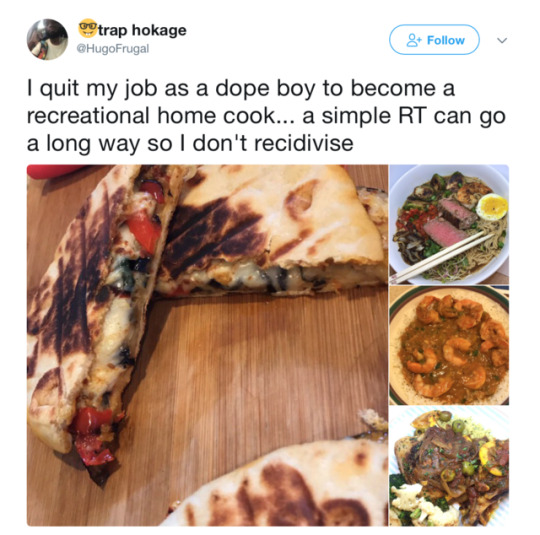
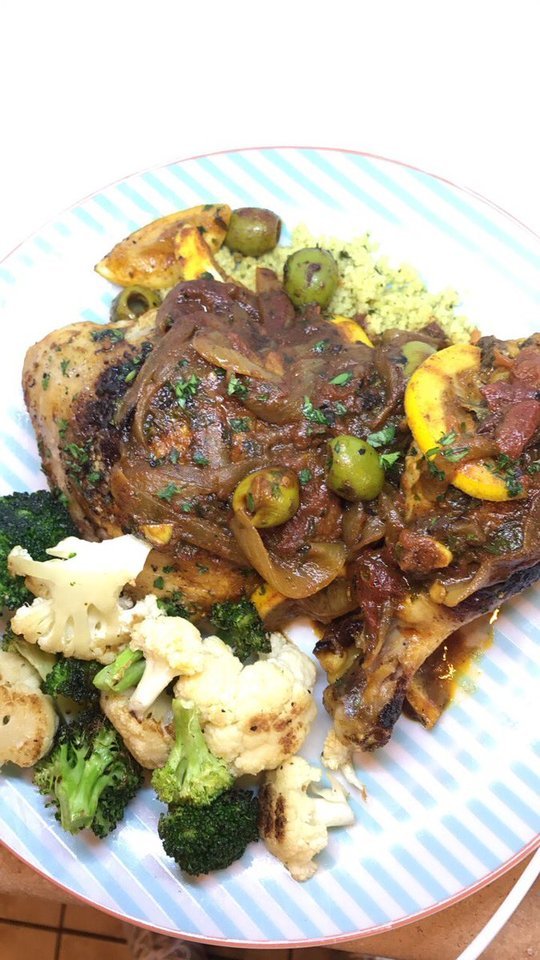

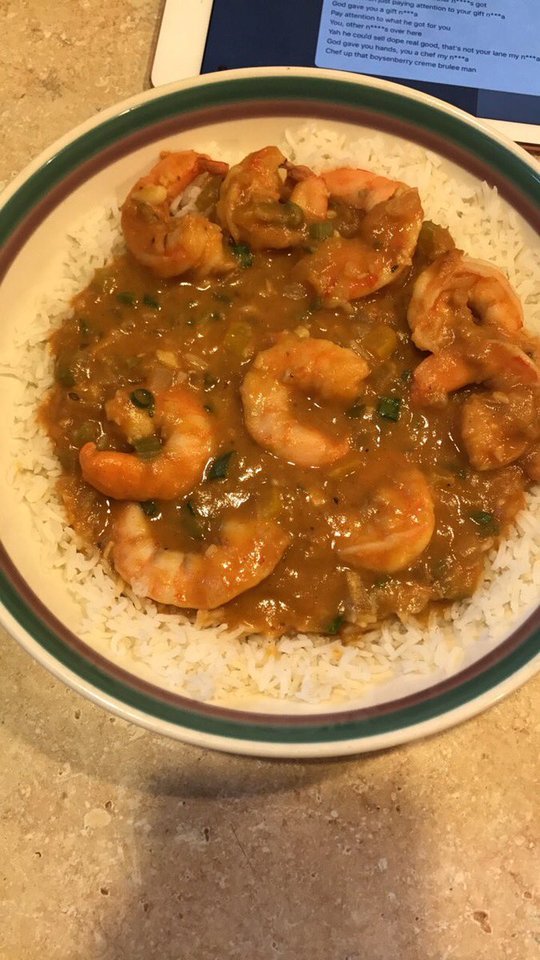
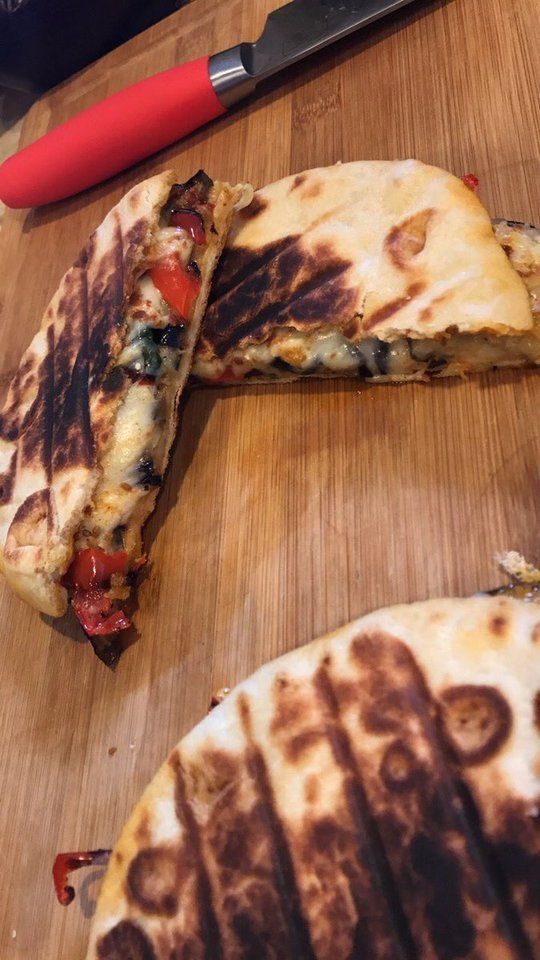
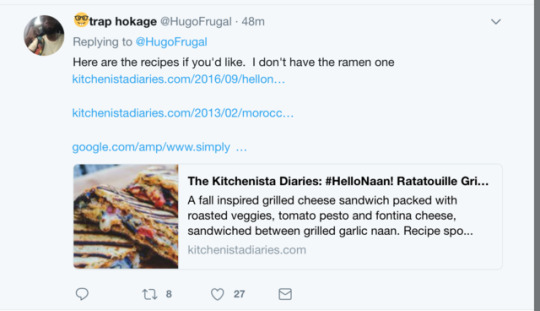
I don’t know Him. But i am here for Black Business. Hope Y’all Support Him.
18K notes
·
View notes
Text
#BlackBallHer
So ... I just found out that my artwork was taken down because a supposed Progressive Mexican rapper named “Snow da Product” copyrighted “Stay Woke “
Mind you, this isn’t a random white woman that thought Stay Woke was cute, this is a supposed “woke” , progressive Mexican rapper that was featured on Immigrants by the Hamilton Cast.



Usually when people say allies ain’t shit, I ignore it, but this is actually proof, my black ass that’s been hearing stay woke since 2013 friend black activists, organizers, and yes hoteps can’t use the word because a Mexican woman who jumped on a movement to promote herself decided to steal the word and copyright it. I’m disgusted.
4K notes
·
View notes







